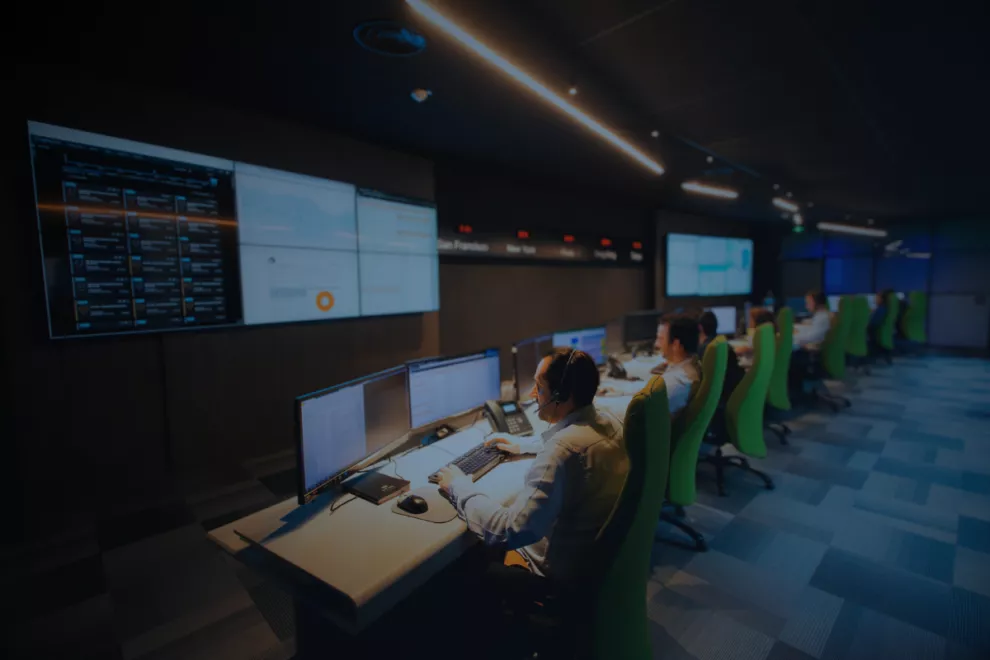_
Cybersecurity: AI at the service of the augmented analyst

Cybersecurity is evolving at a rapid pace to address increasingly sophisticated threats. In this context, businesses and organizations are adopting innovative methods. This is where the concept of the augmented analyst emerges. This novel concept marks a turning point in the management of information systems security.
Analysis
The Evolution of Cyberattacks
Cyber intrusions have become more complex, targeted, and difficult to detect. Cybercriminals exploit increasingly subtle vulnerabilities to achieve their goals. Since the advent of generative AI, this situation has only worsened. Attacks have multiplied, and in the future, they are likely to become even more frequent, industrialized, and automated. Faced with these challenges, companies must equip their security teams with innovative tools to strengthen their cyber defence arsenal and anticipate attacks before they materialize.
In this sense, AI has emerged as a promising technology that continues to demonstrate its capabilities and has now found its place in the field of cybersecurity.
The Concept of the Augmented Analyst
The augmented analyst concept relies on combining the skills of cybersecurity analysts with AI models. This synergy aims to create a more robust and dynamic defence to detect potential threats with high precision.
Let’s be clear, AI is not intended to replace humans, but rather to provide them with the necessary tools to confront increasingly numerous and cunning cyber attackers. In this regard, its use significantly enhances analysts’ capabilities in daily security management, allowing them to focus on higher-value tasks.
Indeed, AI enables the collection, correlation, and analysis of enormous volumes of data from various sources to identify threats that might elude human analysis. AI then raises an alert to the analyst in case of a verified risk, allowing the analyst to focus on interpreting results and the investigation phase.
This close collaboration between AI and humans is already being adopted in Security Operations Centers (SOC). And for good reason, cyber analysts are overwhelmed with alerts to analyze (more than 4000 on average per day).
Integrating AI into one’s cyber defence strategy offers significant advantages
- Improved Threat Detection and Response: AI models can process massive volumes of data much faster than humans with unmatched precision. This accelerates the detection process and the response time to security incidents.
- Noise Reduction: Traditional security tools often generate a large number of false alerts. Properly designed, AI can be leveraged to eliminate a significant portion of false positives, allowing analysts to focus on real threats.
- Extended Perspective: AI can identify attack patterns in datasets that humans cannot easily perceive.
- Continuous Scalability: As new data is collected, AI models learn and adapt to the evolving tactics of cybercriminals, enhancing their ability to anticipate future attacks.
- Decision Support: AI can provide analysts with recommendations based on complex analyses to help them make the right decisions during incident management.
- Reduced Cognitive Load on Analysts: By automating certain repetitive tasks (reporting, triage, contextualization, etc.) and managing high volumes of alerts, AI reduces analysts’ workload and fatigue.
How Custocy Contributes to the Augmented Analyst?
In an environment where every second counts, it is crucial for analysts to respond quickly and effectively to threats. In this context, Custocy has built its NDR solution on a unique collaborative AI technology developed in-house. It accurately detects anomalies and suspicious behaviours on the network, including the weakest signals, providing detailed explanations for each raised alert and guaranteeing 88 times fewer false positives.
This approach prevents analysts from being overwhelmed by an unmanageable volume of alerts and allows them to make quick and informed decisions, significantly increasing their efficiency.
Conclusion
The concept of the augmented analyst is undoubtedly the best illustration of the advent of a new era in cybersecurity, where AI does not replace the analyst but significantly enhances their capabilities. This approach directly addresses the rise of cyber attackers who use AI to carry out increasingly complex and difficult-to-detect attacks. Therefore, equipping security teams with the best tools to fight on equal terms becomes an absolute necessity.
The growing investments by companies in technologies integrating AI testify to the added value of this technology, which, combined with human expertise, creates more robust defence teams.
Ultimately, cybersecurity is no longer just a matter of technology but also of intelligent collaboration between AI and humans. The augmented analyst represents a natural evolution in the field and is essential to ensuring the continuous protection of information systems in a constantly evolving digital world.
